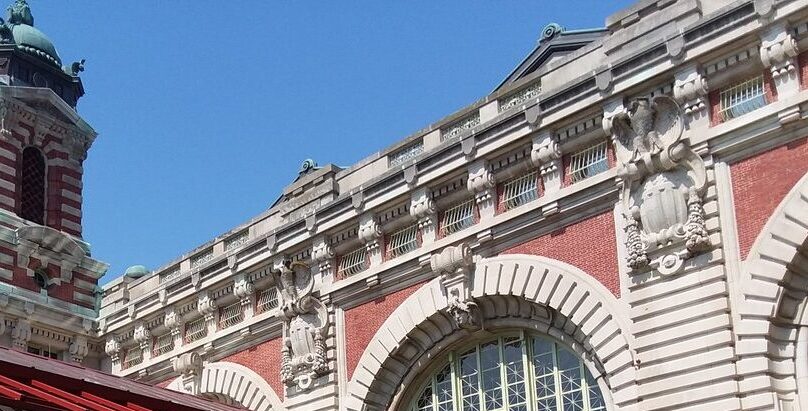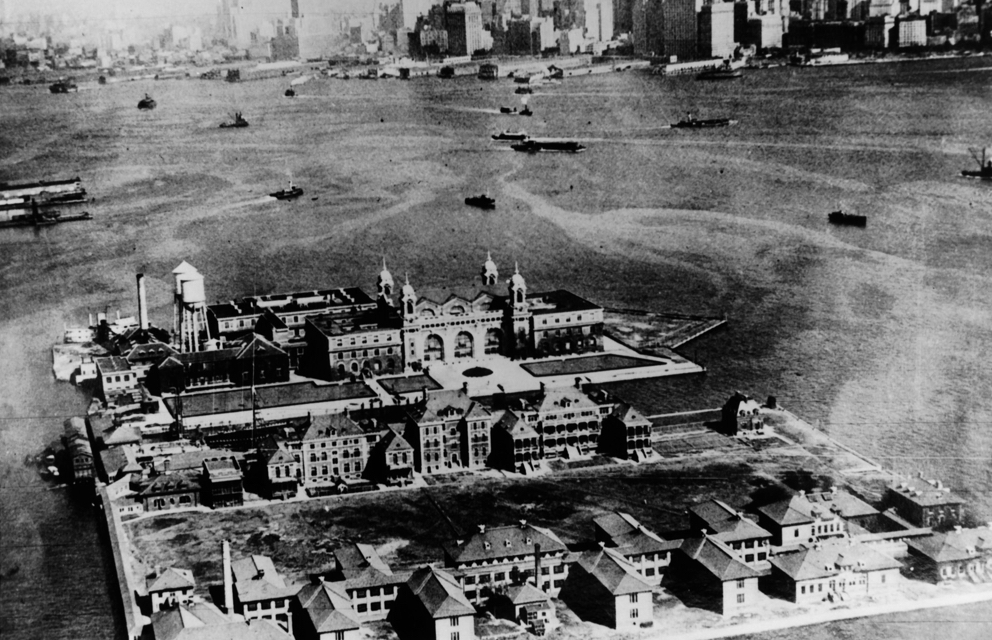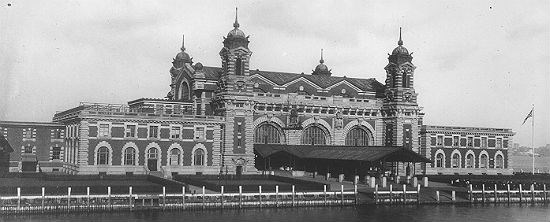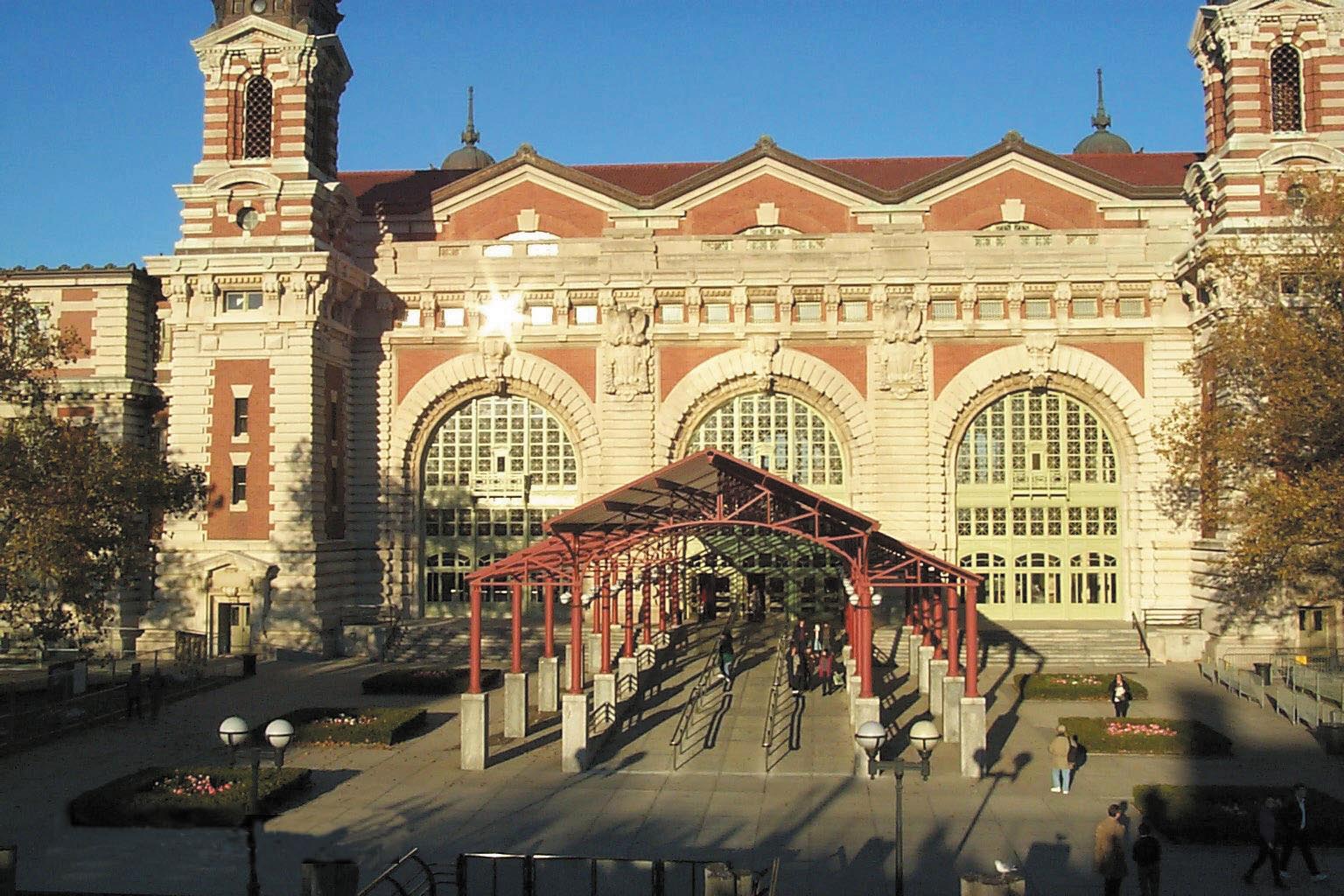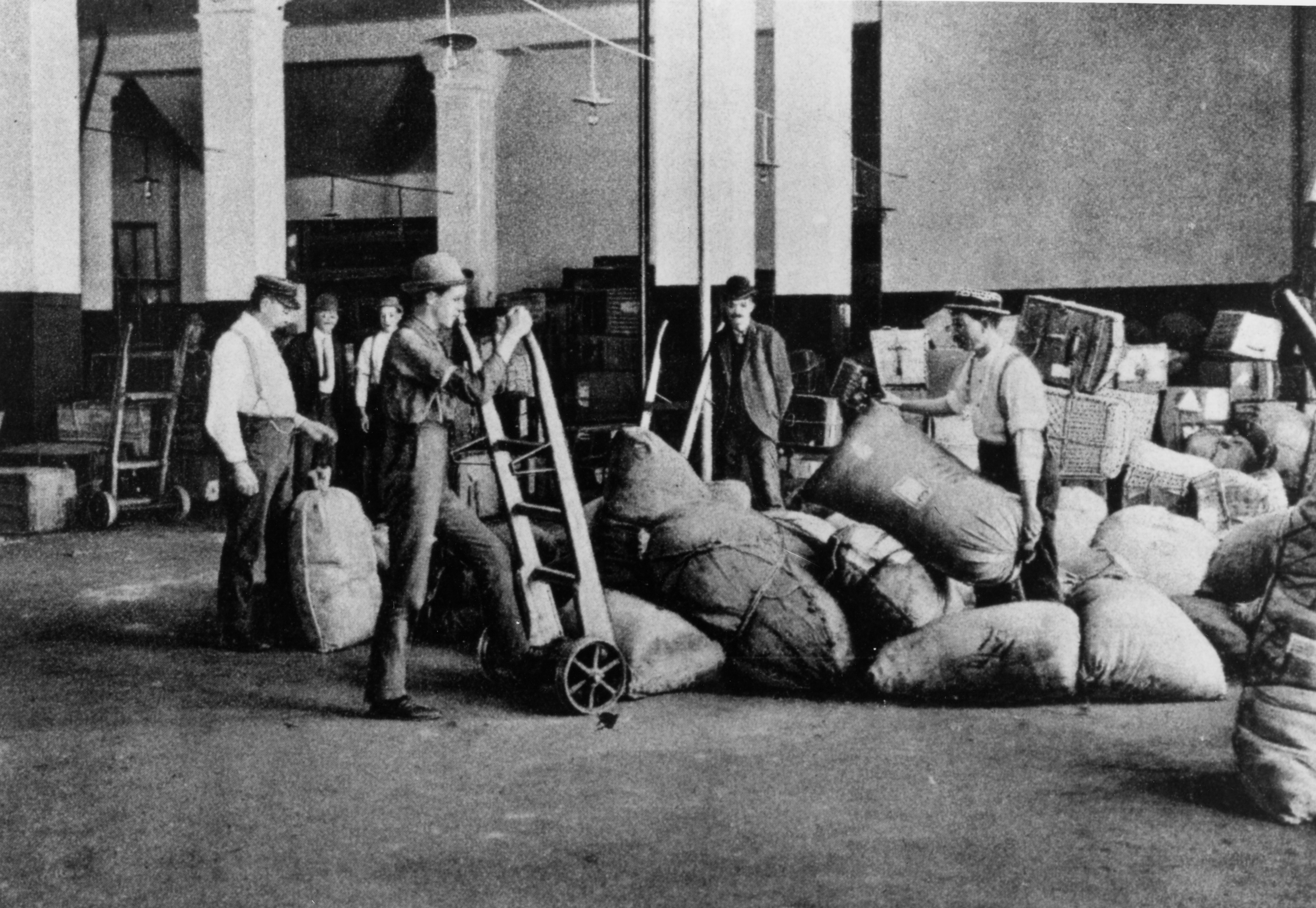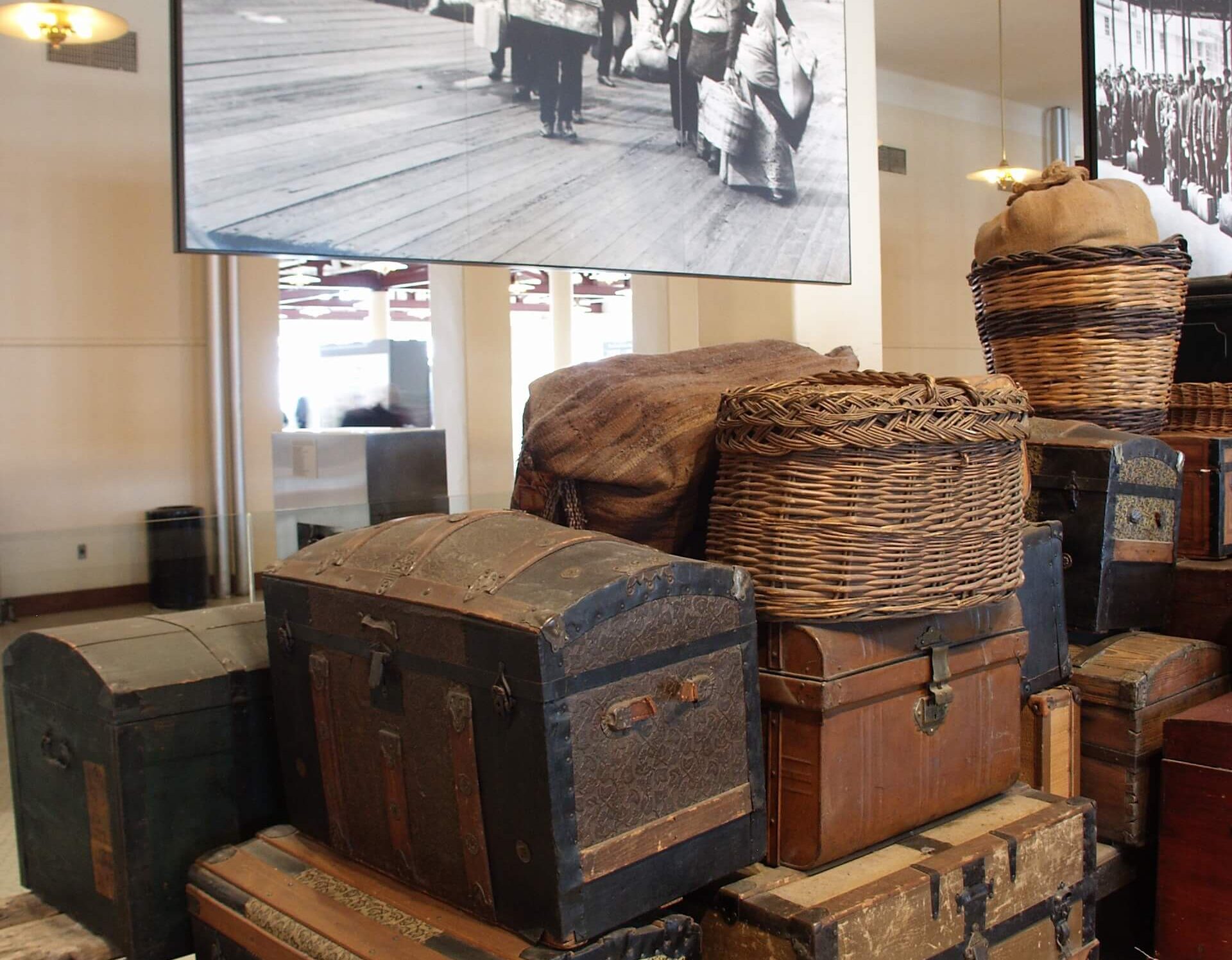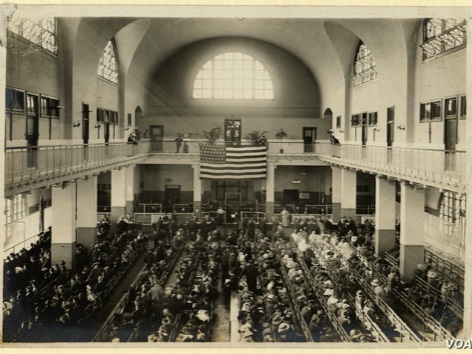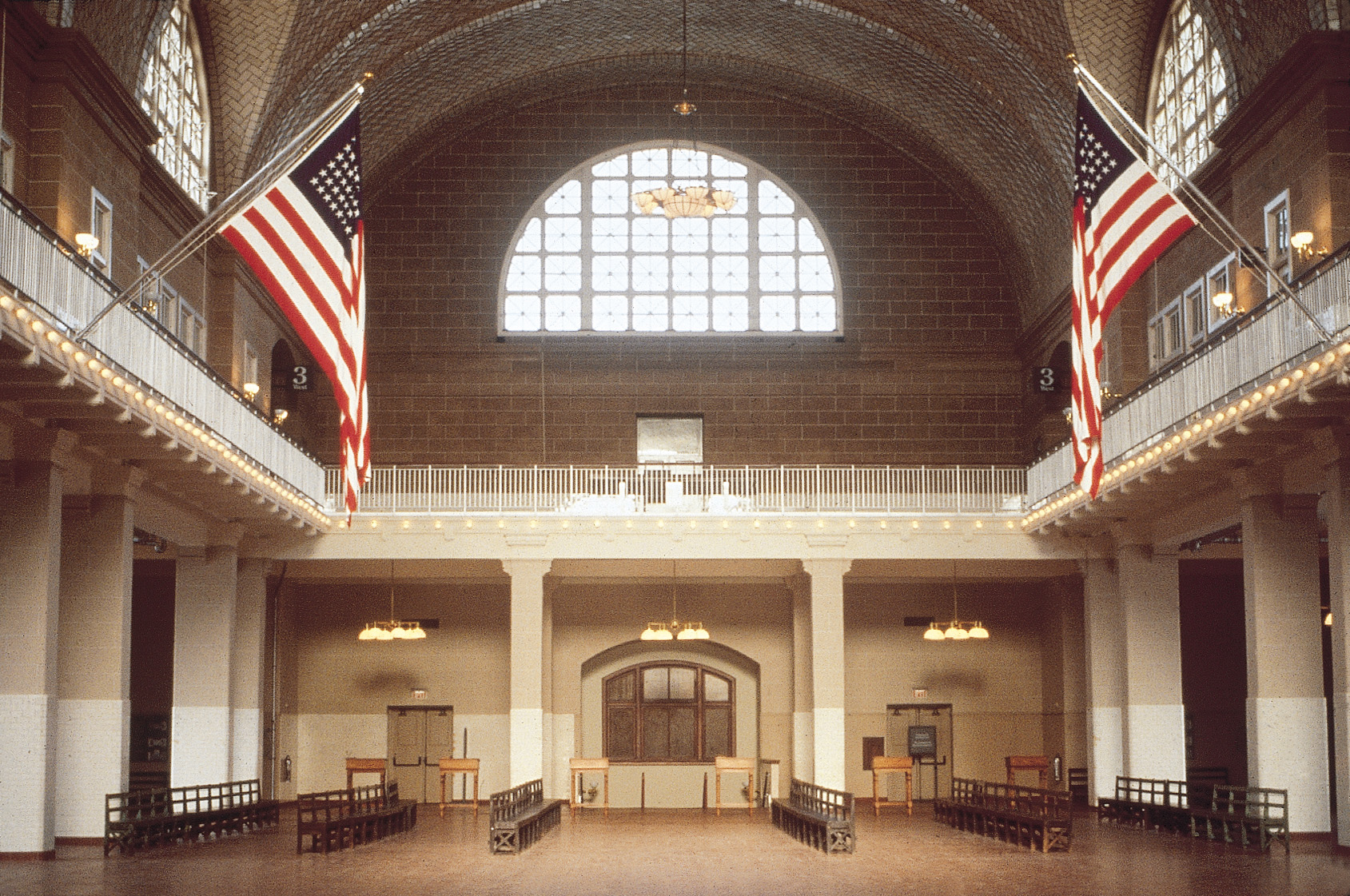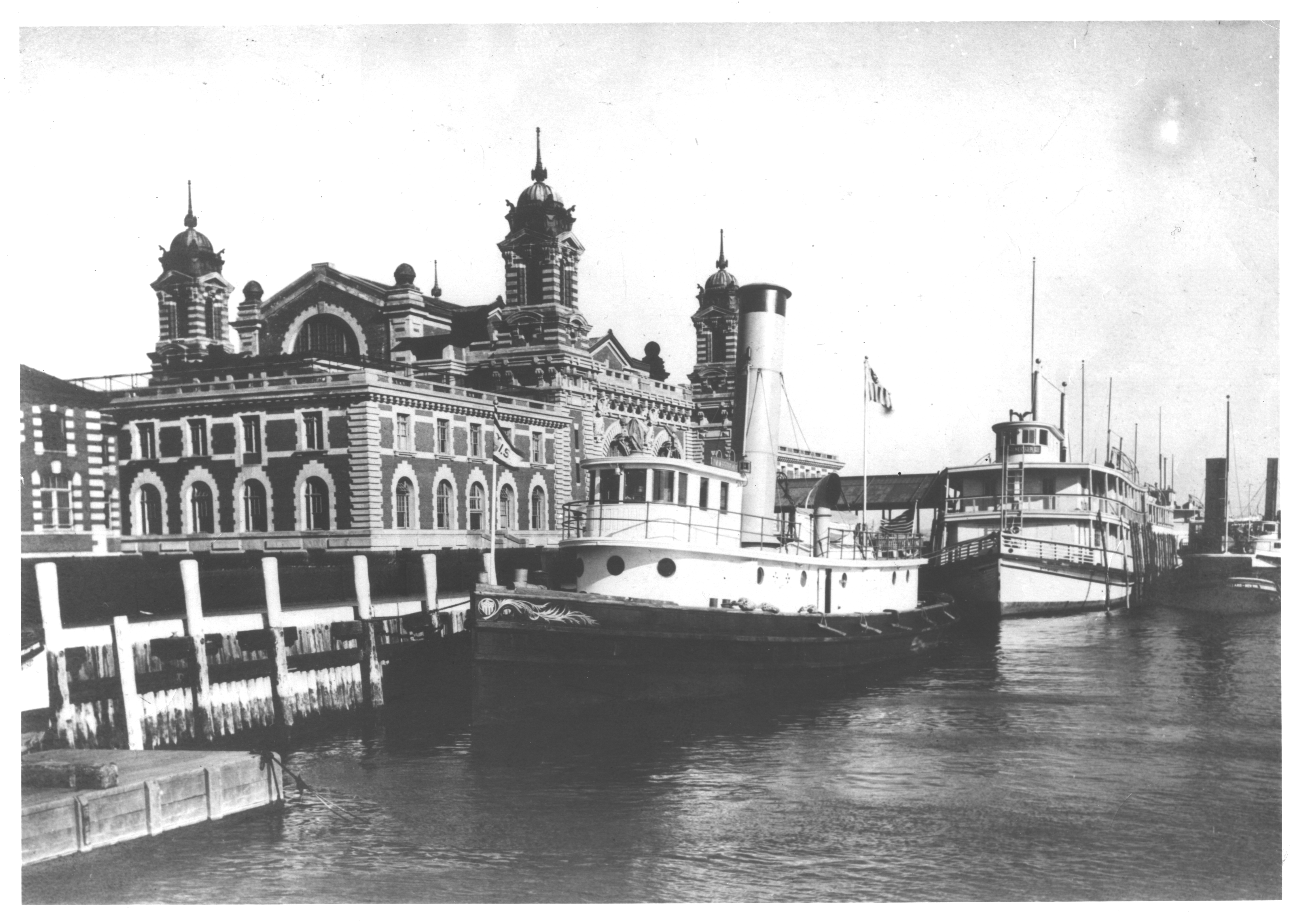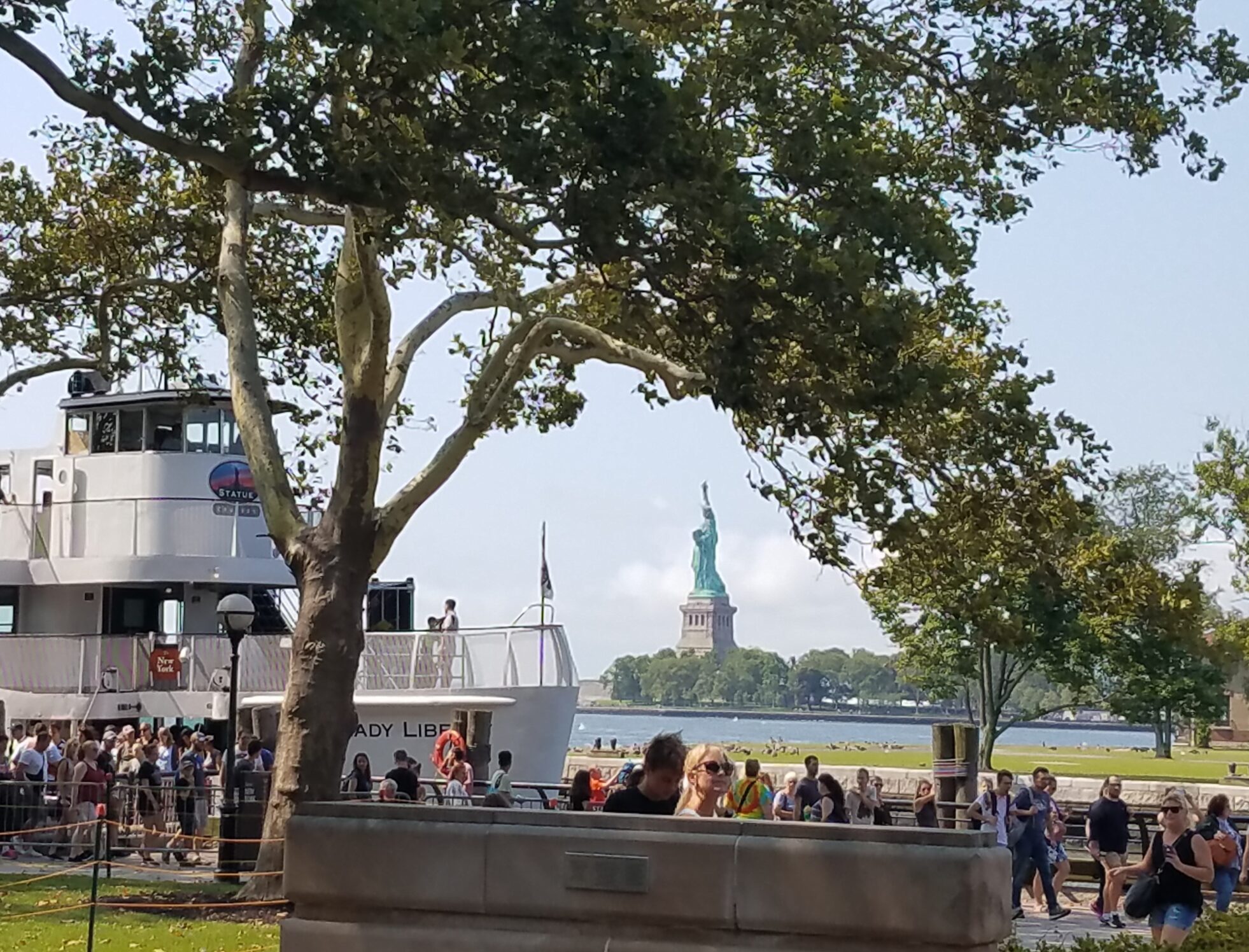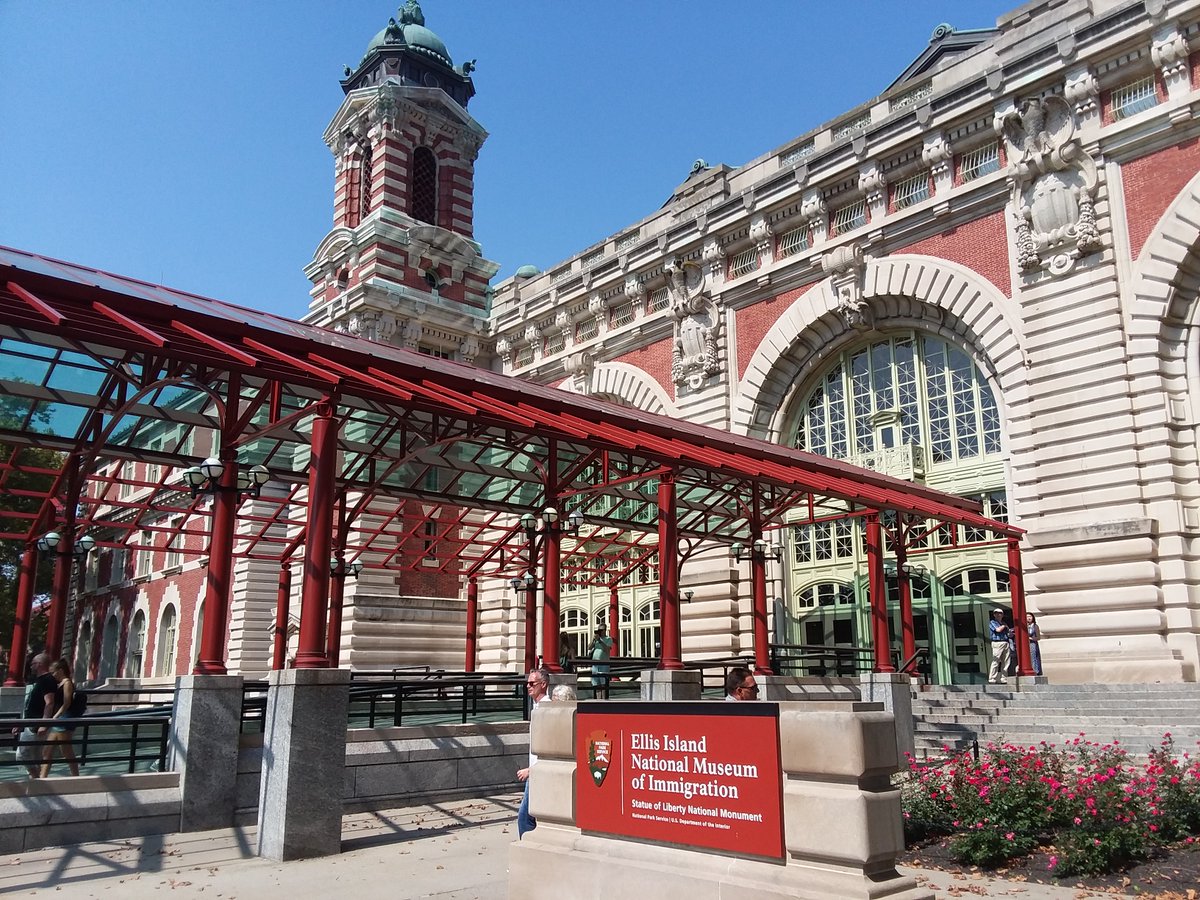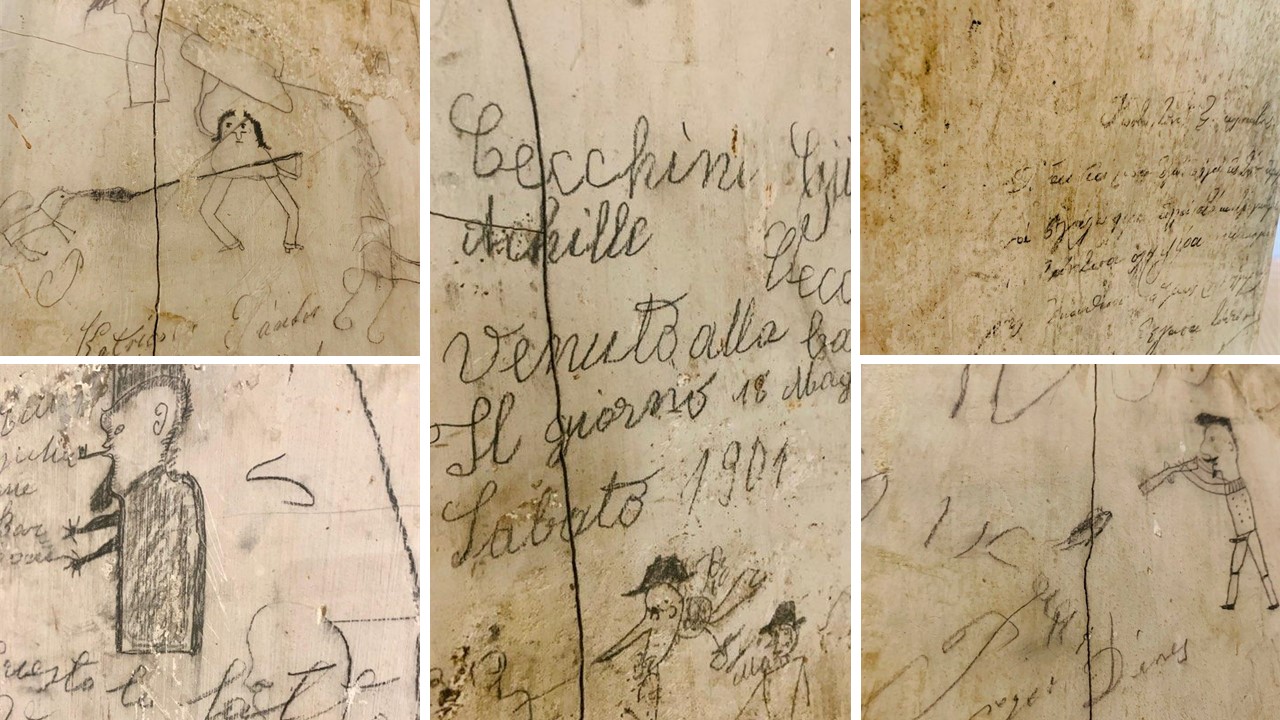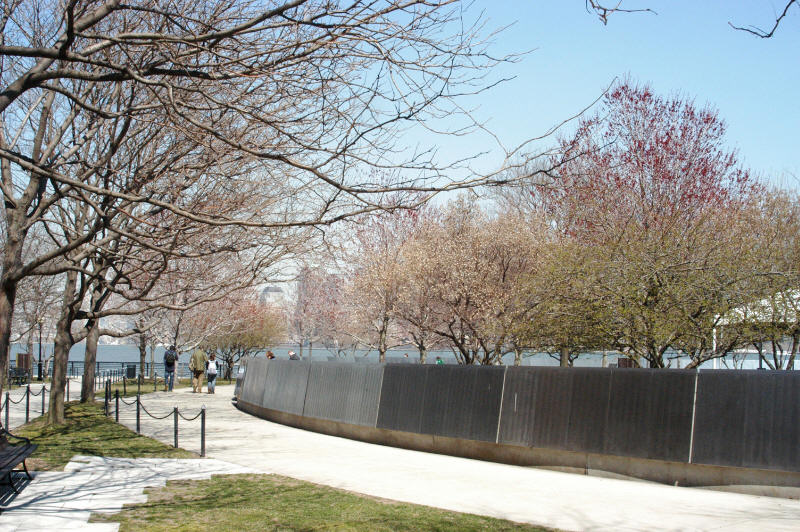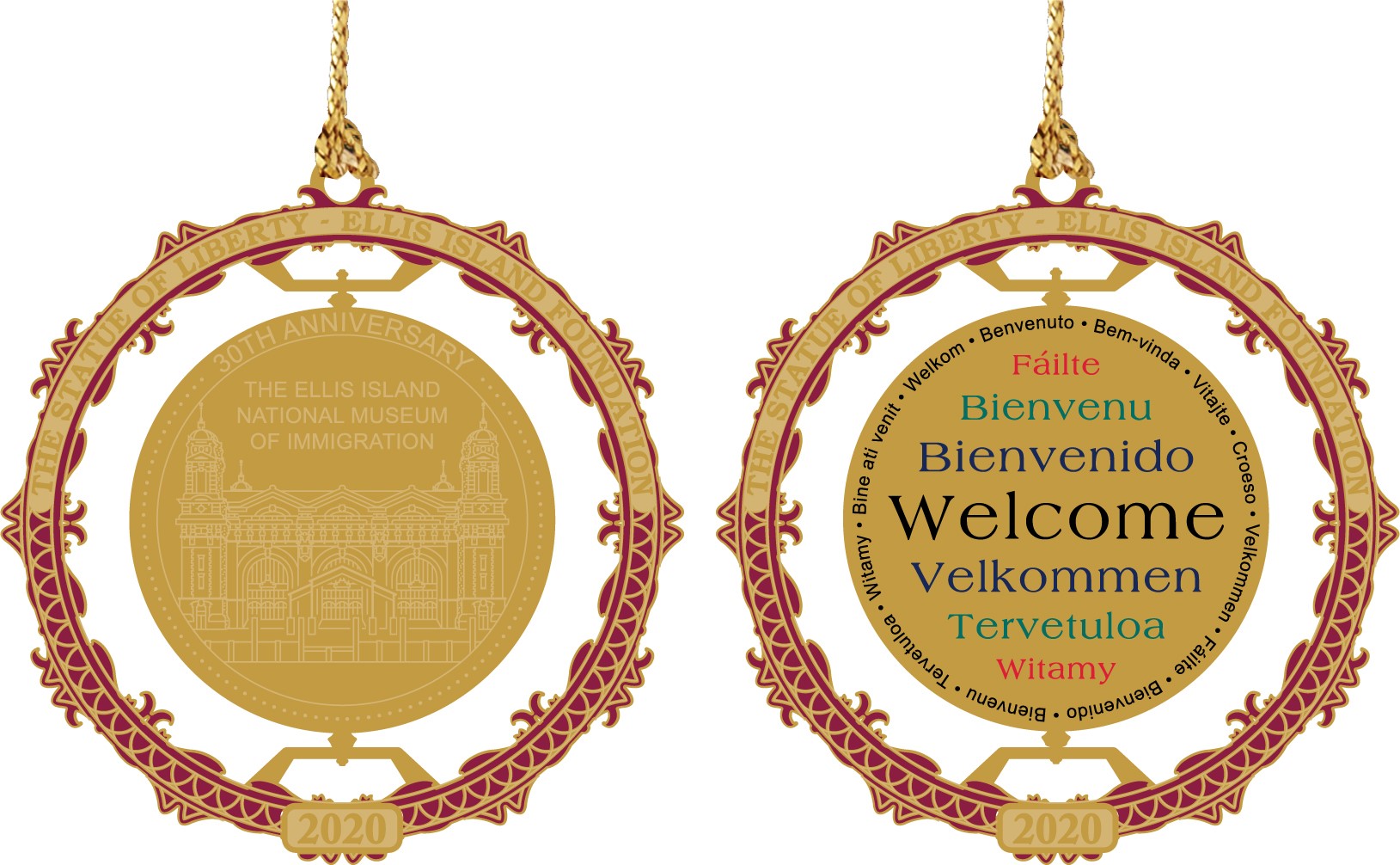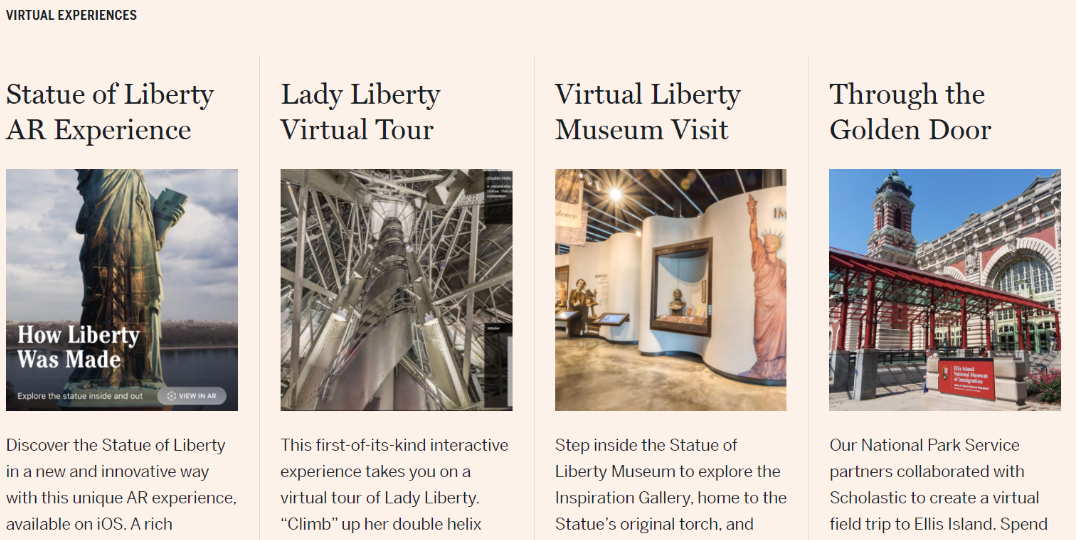On the heels of celebrating Lady Liberty’s restoration, The Statue of Liberty-Ellis Island Foundation turned its attention to Ellis Island for what would be the largest historic restoration in U.S. history.
“Ellis Island was a wreck. There were trees growing in the Great Hall. On my first visit there with Mr. Iacocca I thought to myself, “Oh my! What did we get ourselves into?”
“For the first 18 months of our work at Ellis Island, all we did was blow hot air through large tubes throughout the building. If they’d just closed the windows when they left!
“During this blowing dry process paint began to chip off, revealing some very interesting graffiti that had been written on the walls by the immigrants. Obviously we preserved that graffiti because they were telling stories – either about their condition, or about their lives, or about what the future was for them, or what they hoped the future was for them. Finding this graffiti was a significant moment that no one had planned on.”
Stephen A. Briganti
President & CEO, The Statue of Liberty-Ellis Island Foundation
